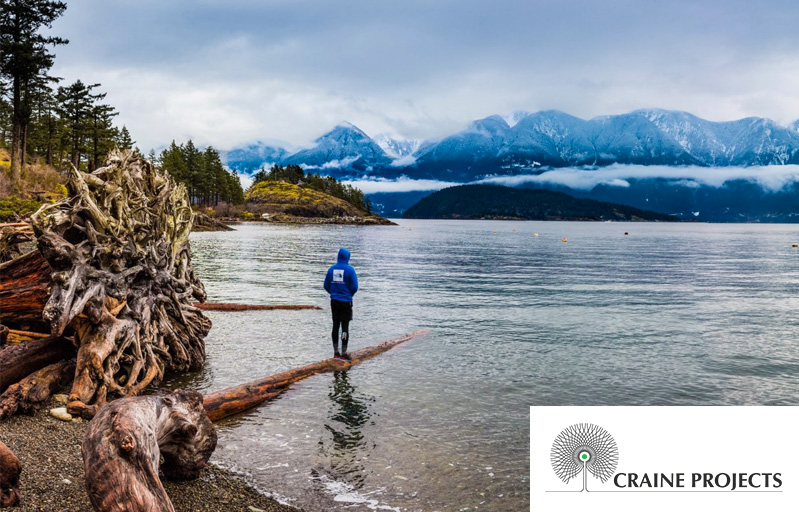Landscapers to the Rescue
December 22, 2019 Craine Projects
We are all aware that our environment has been and is still being damaged, and we human beings are responsible for a large portion of it. Our environment is taken for granted a lot of the time, but what is often forgotten is that it provides us with food and fuel, as well as purifying our air and water, all of which are basic necessities. With urban sprawl, habitat destruction, the spread of invasive species, and industrial activities, our ecosystems continue to take a battering. These anthropogenic factors, while extremely harmful, aren’t necessarily irreversible, as long as prompt action is taken. This is where we landscapers can save the day!
So often, it is landscaping that suffers in a building process. Huge high-rise apartment blocks, department stores, and industrial plants are constructed. The budget has already been stretched and the last place where money can be saved is on the landscaping. An inexpensive, low maintenance finish is what is so commonly implemented. Habitat loss is the number one factor of species extinction, and while building or industrial activities such as mining are generally unavoidable, what is done afterward can make a big difference in combatting this and many other elements of environmental degradation.
Ecological Restoration can be both a beautiful and effective way of rehabilitating a previously damaged habitat. By implementing carefully planned planting schemes, controlling drainage and erosion, and eliminating invasive species, landscapers can actively accelerate the recovery of an ecosystem.
An increasingly effective method that landscapers can use is phytoremediation. This is a process where living plants clean up soil, air, and water that have been contaminated by hazardous substances. This technique is used to absorb heavy metals from soils where mining once took place. Plants such as alpine penny cress have proved particularly effective with the uptake of zinc and cadmium. Structural planting can prevent soil erosion. Vetiver grass is one such plant. Due to its deep roots, it has great success on slopes and prevents bare ground from washing away. This is one of its many benefits; it is also commonly used for skin care products and animal feed. Carefully placed boulders, trees and plants can provide refuge for animals, while a little pond not only adds a charming feature, it also creates a wetland habitat that previously may have been destroyed.
Restoration ecology is a growing technique being implemented worldwide. While it’s not a quick fix that is going to save the world, it is a significant step toward combatting environmental degeneration. And what could be better than making a beautiful landscape while also saving the planet, be it on a large industrial scale, or just in your backyard. While your friendly landscaper might not wear a cape, they certainly can contribute to saving the planet.


